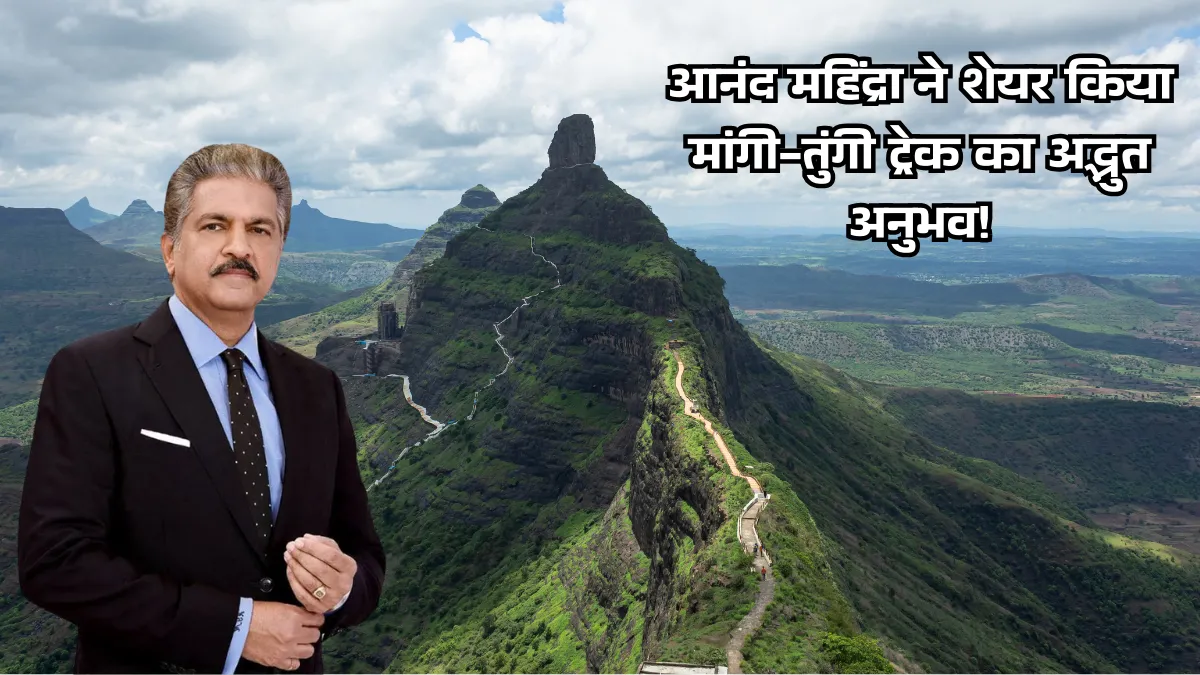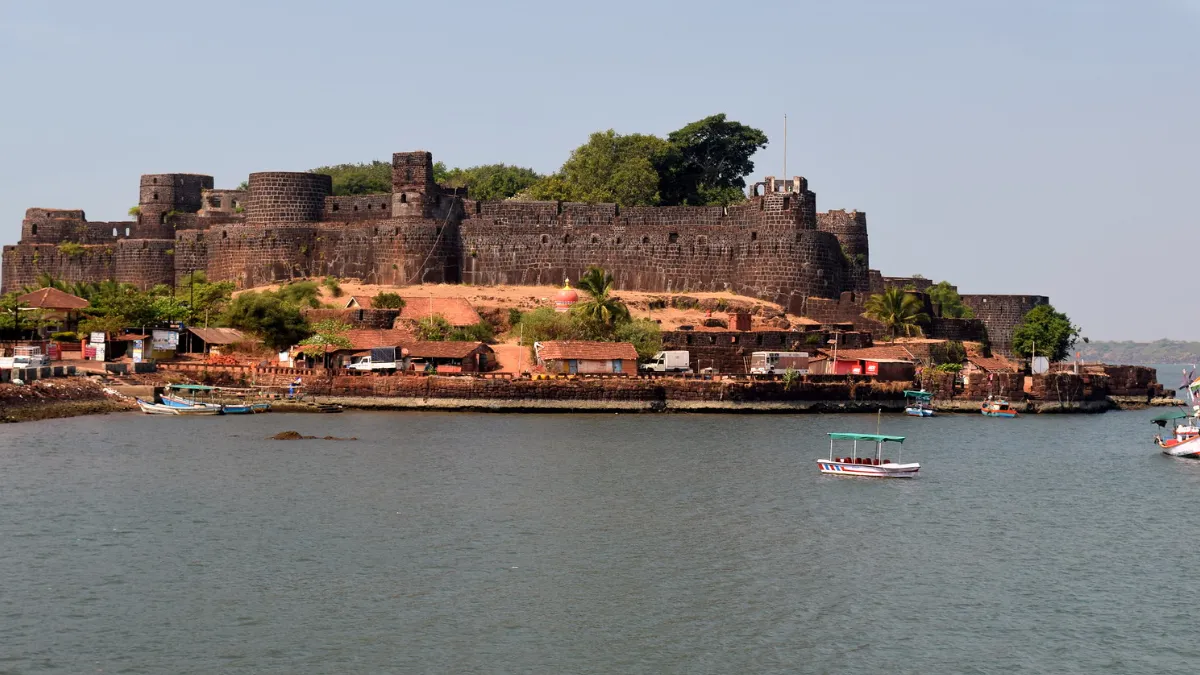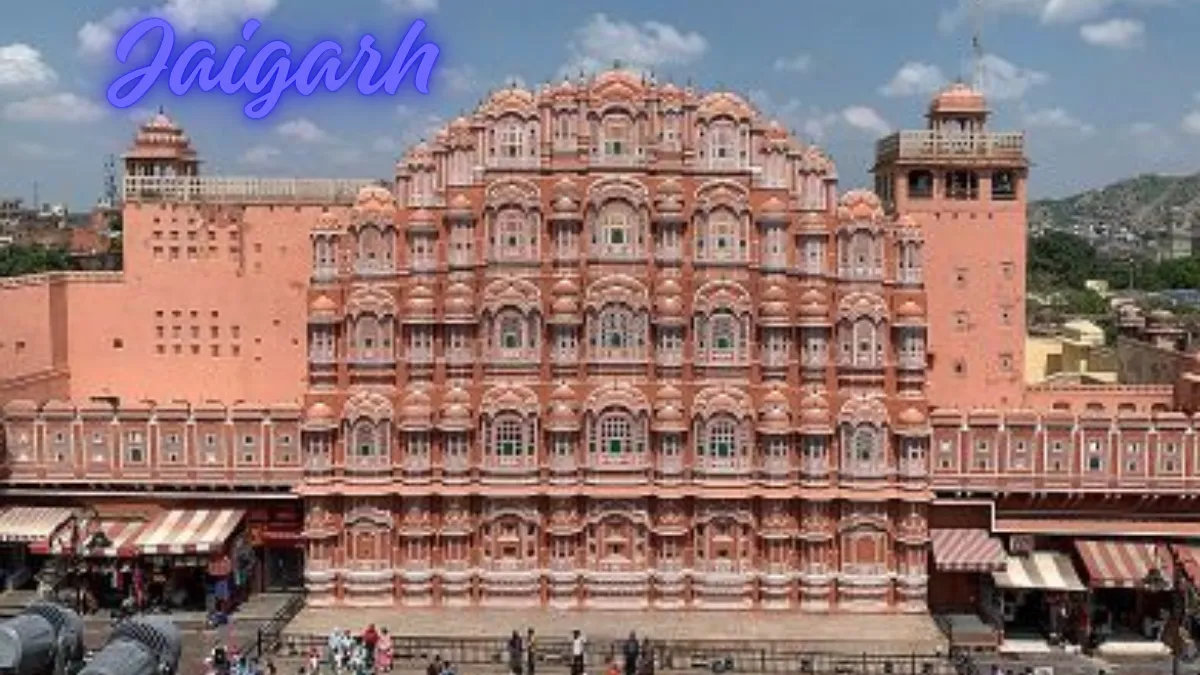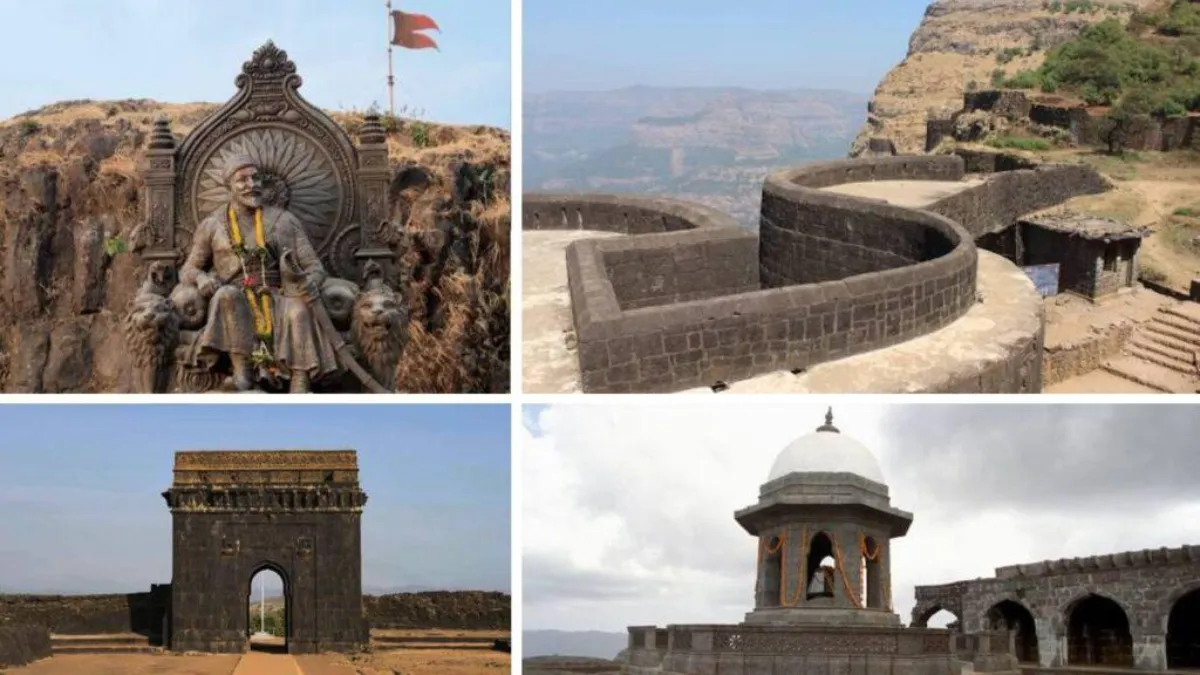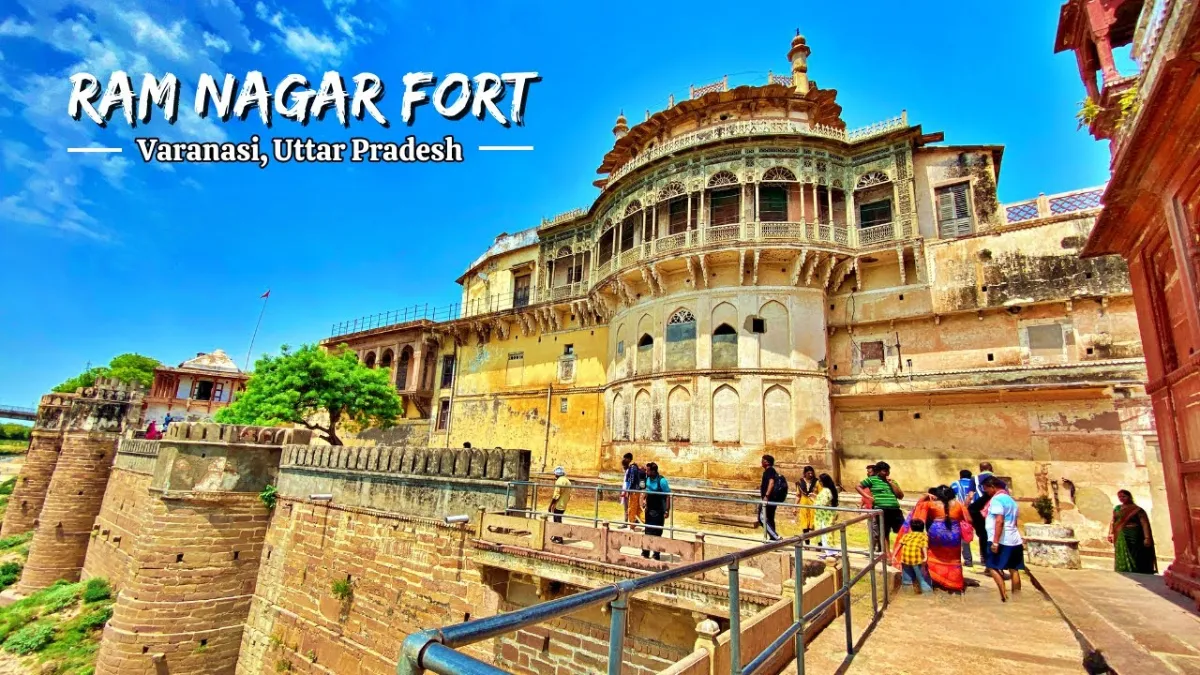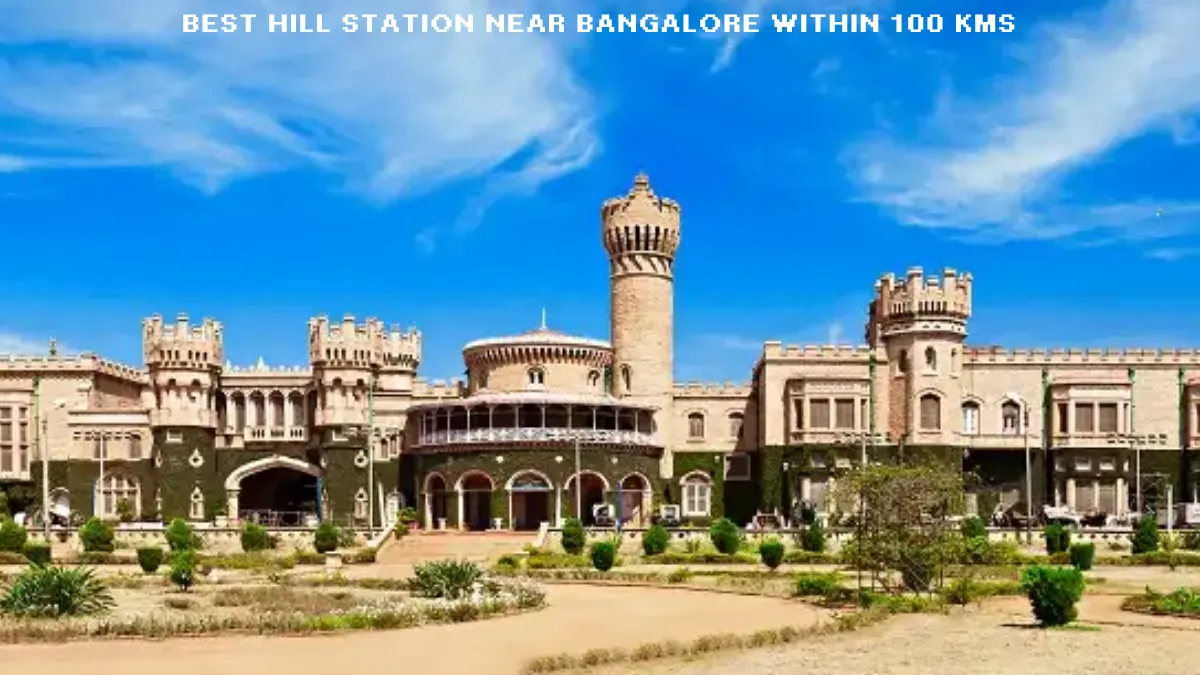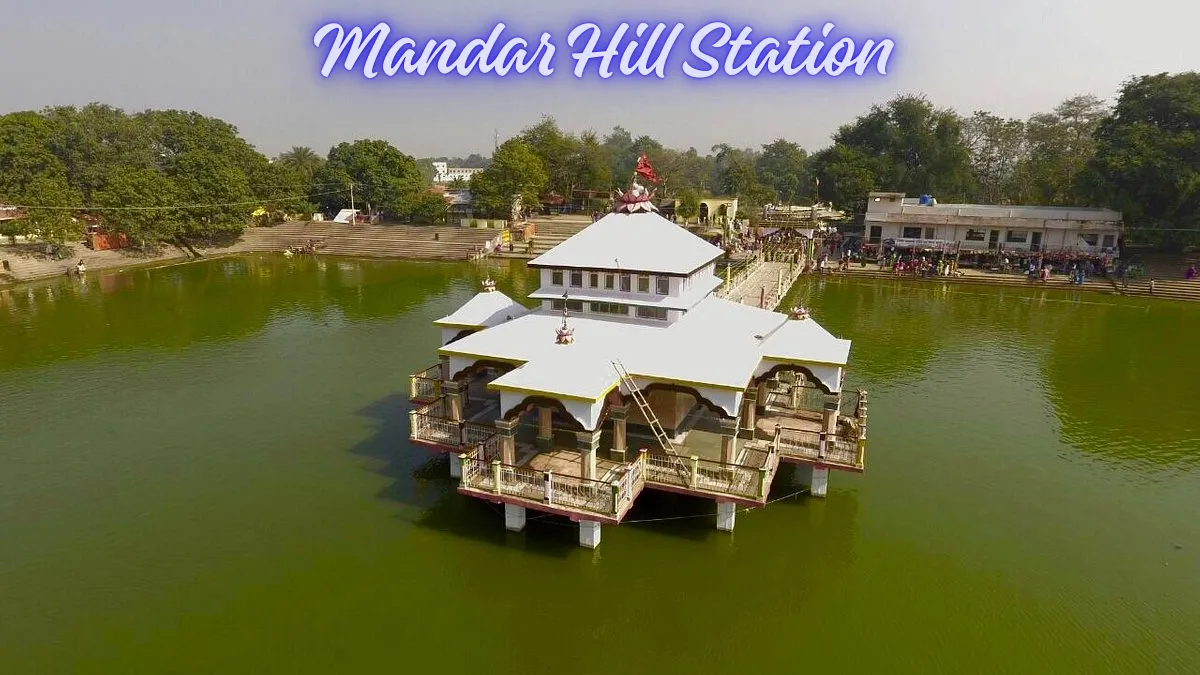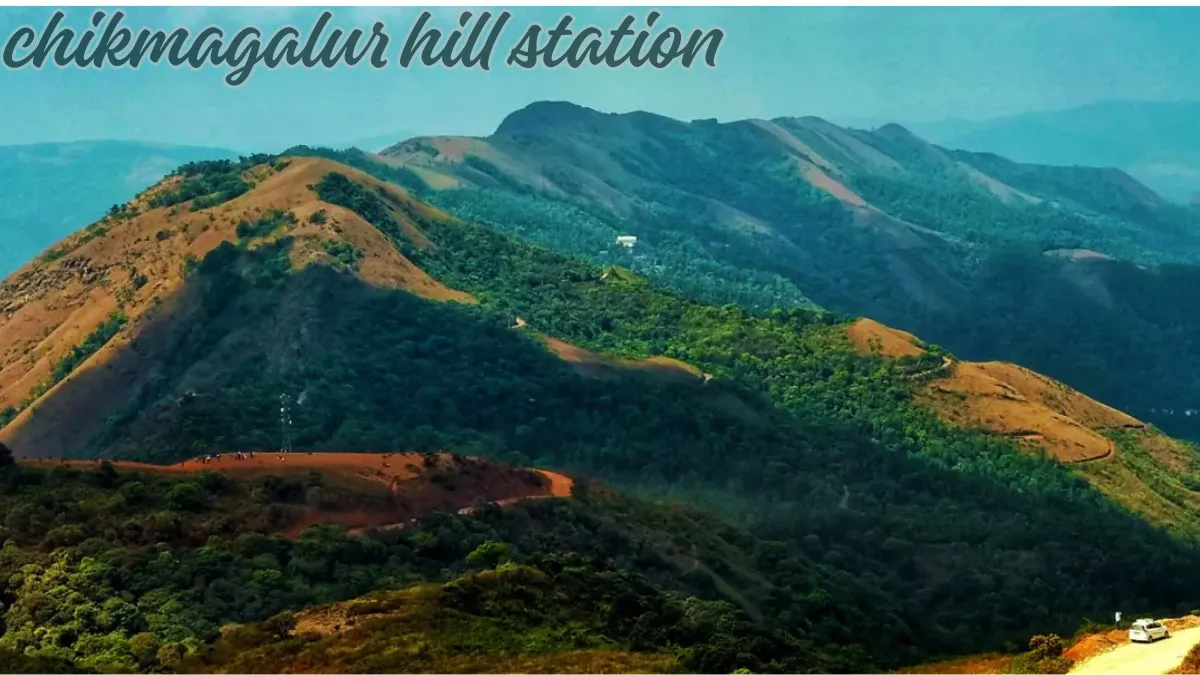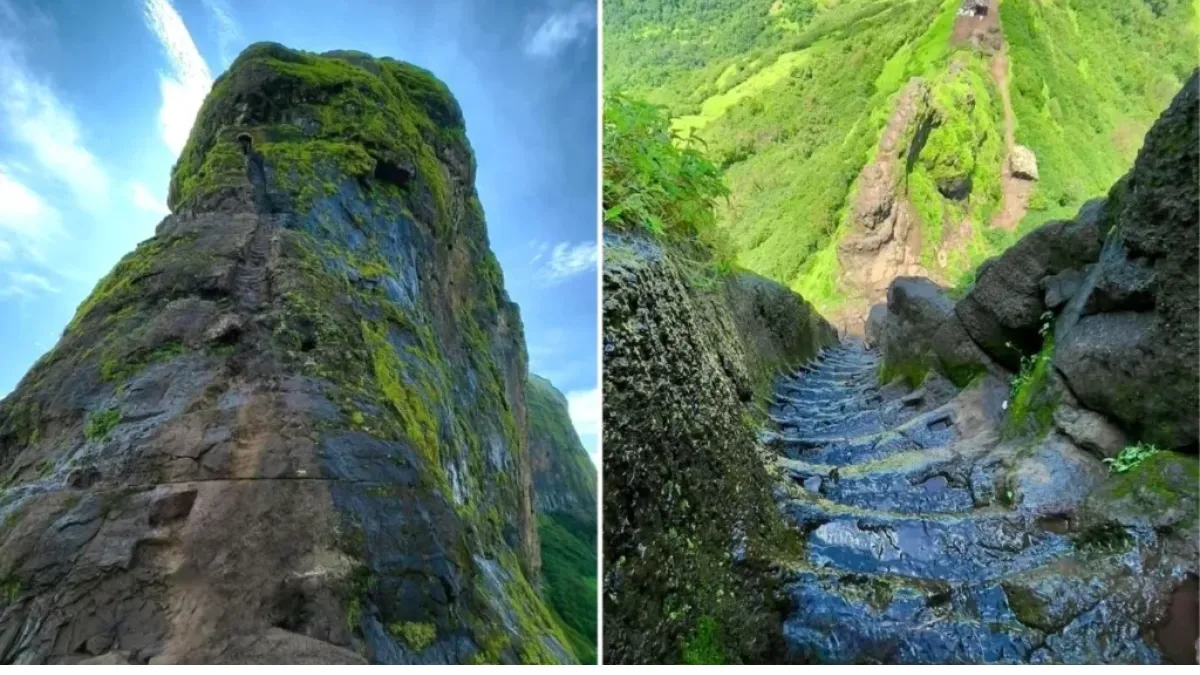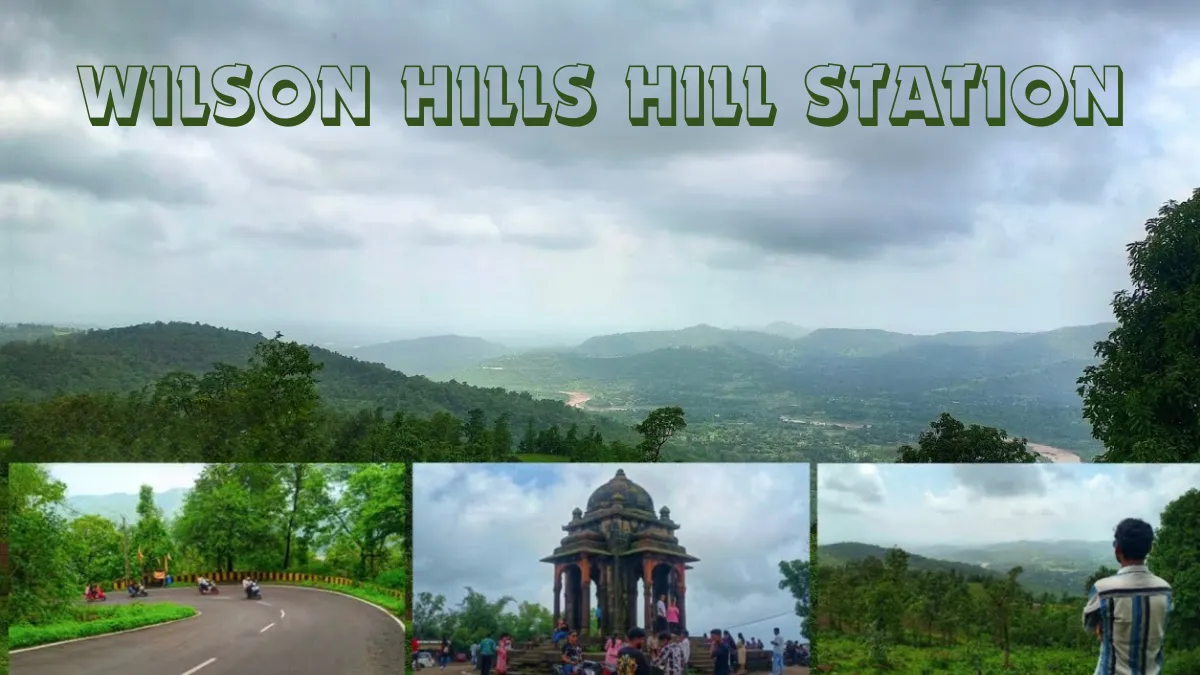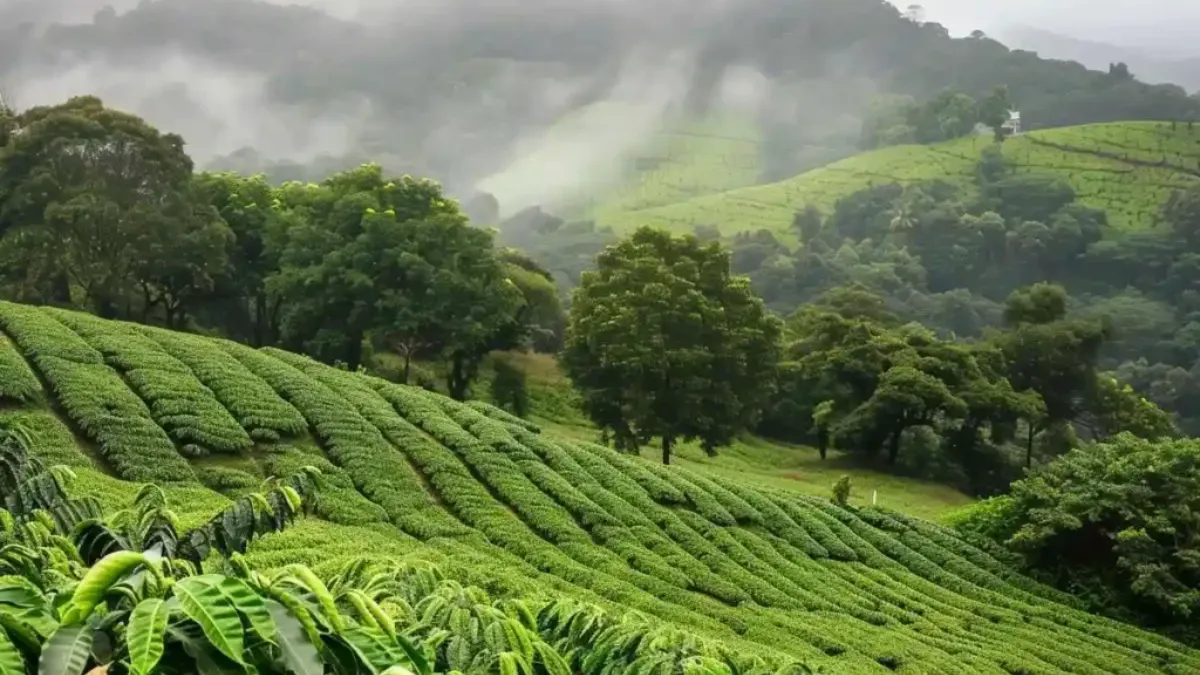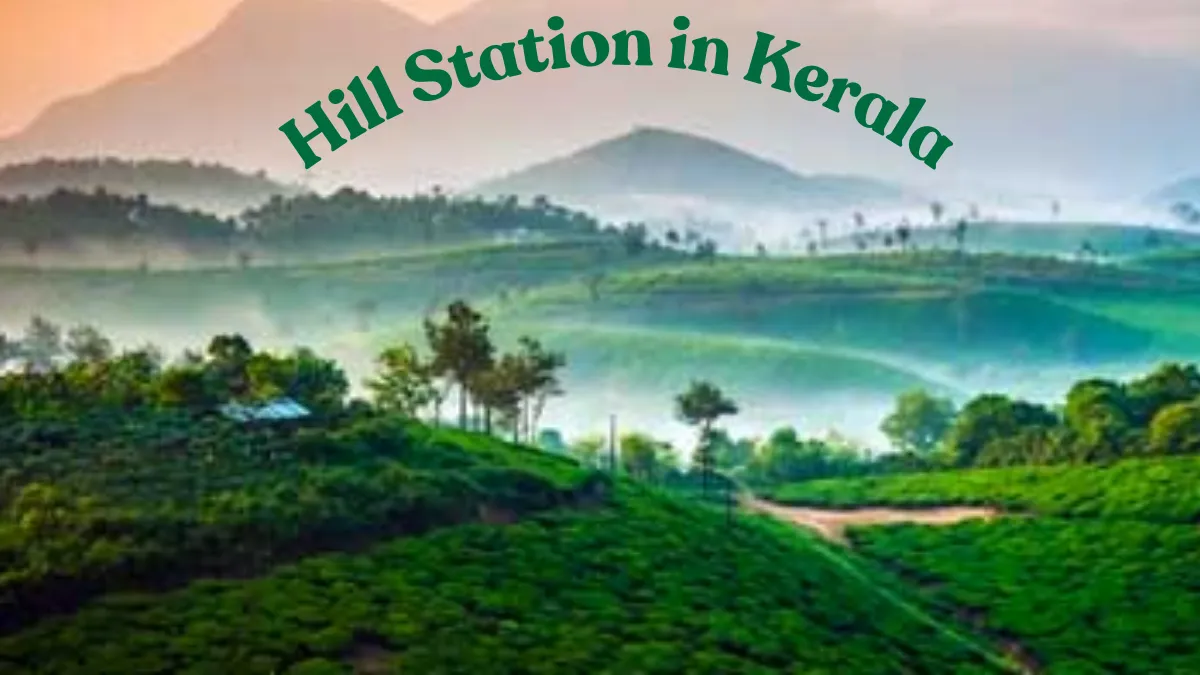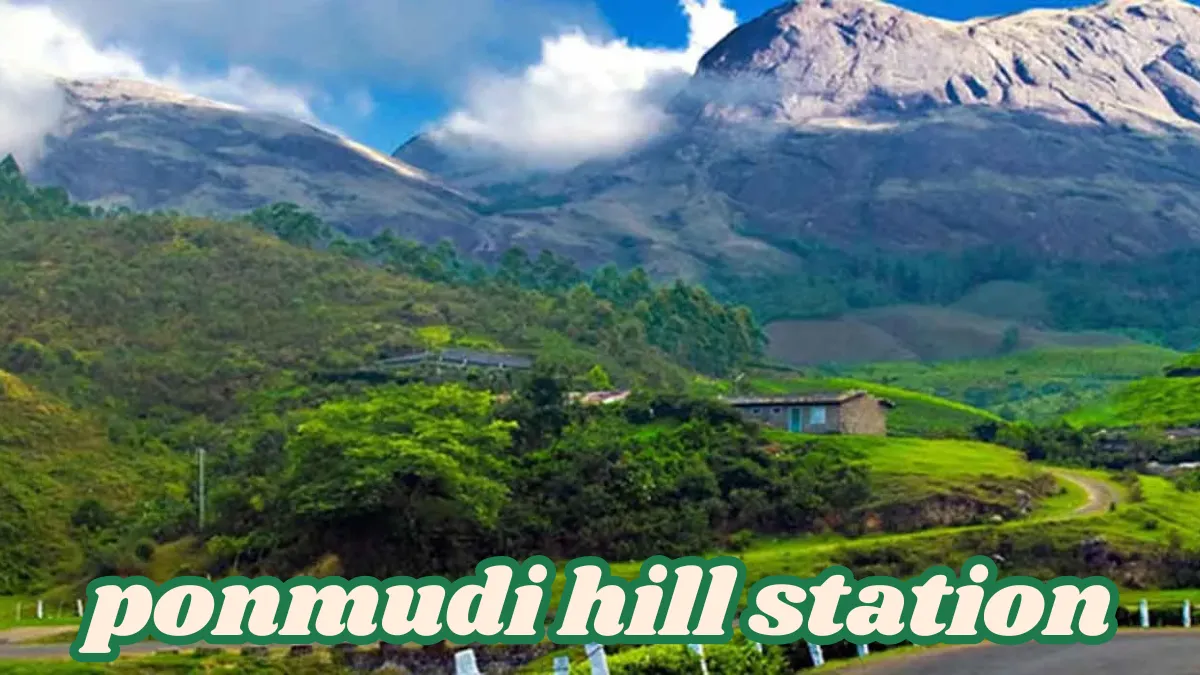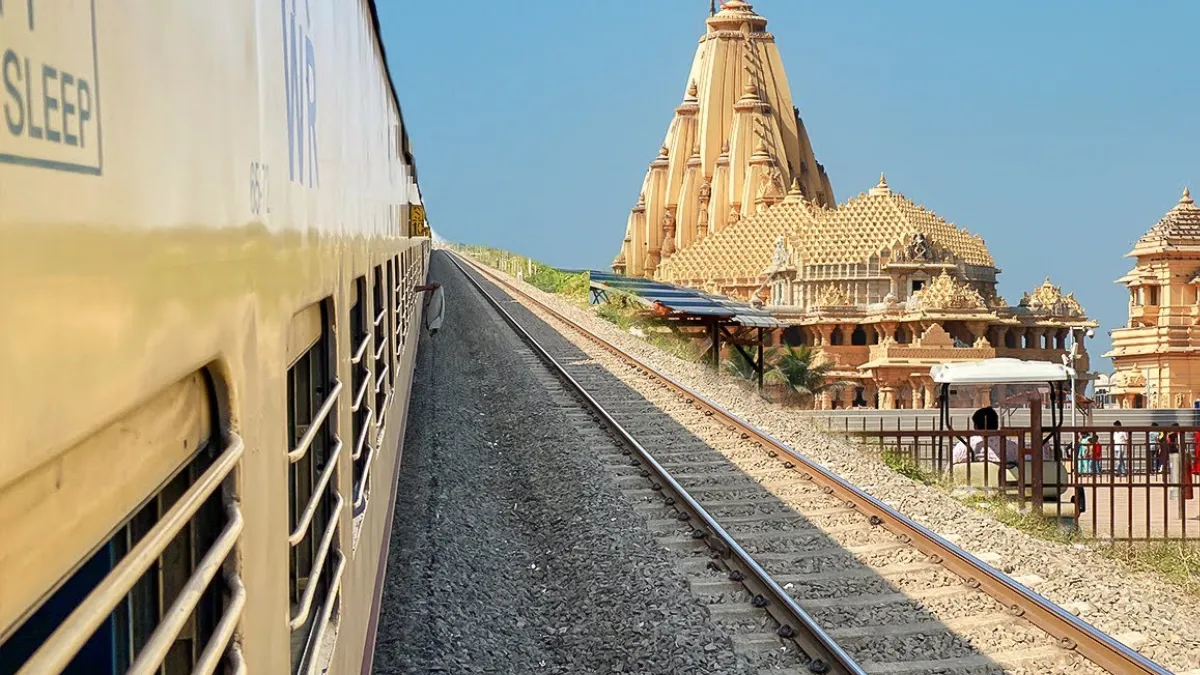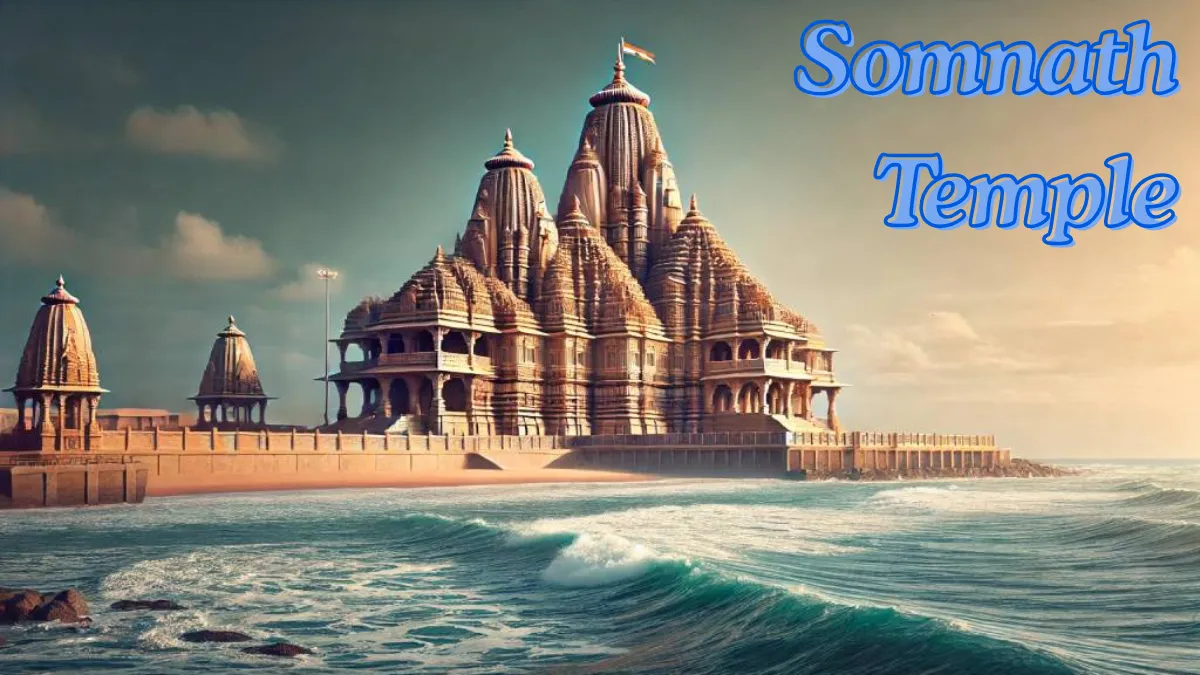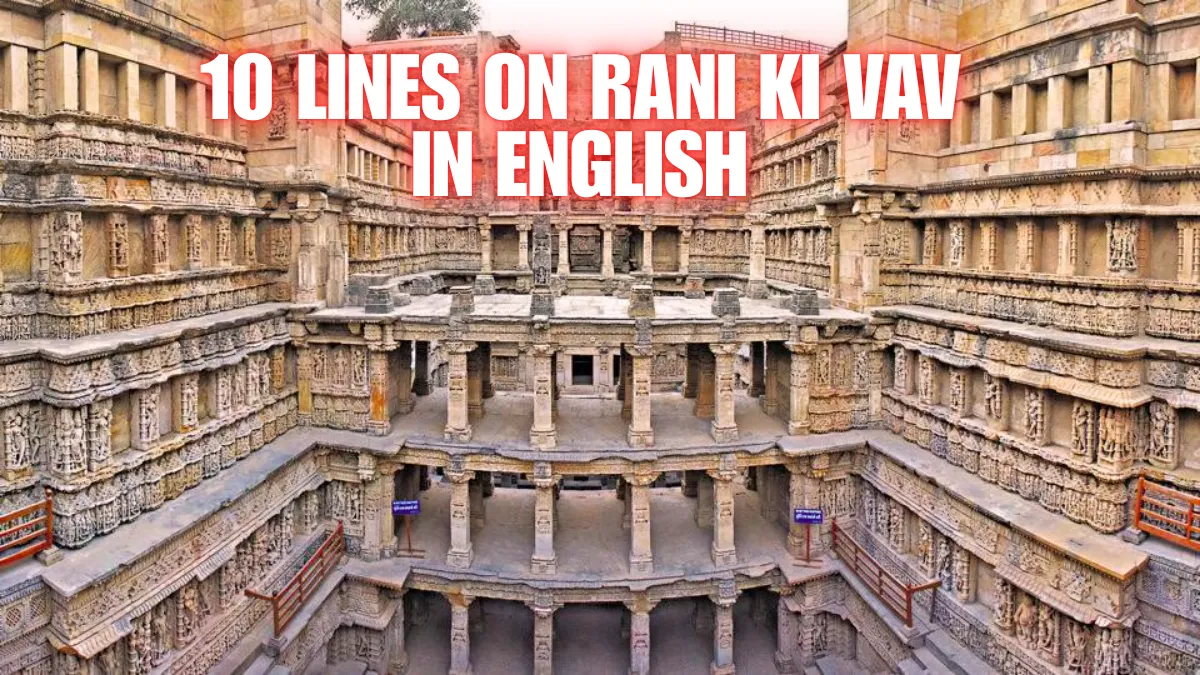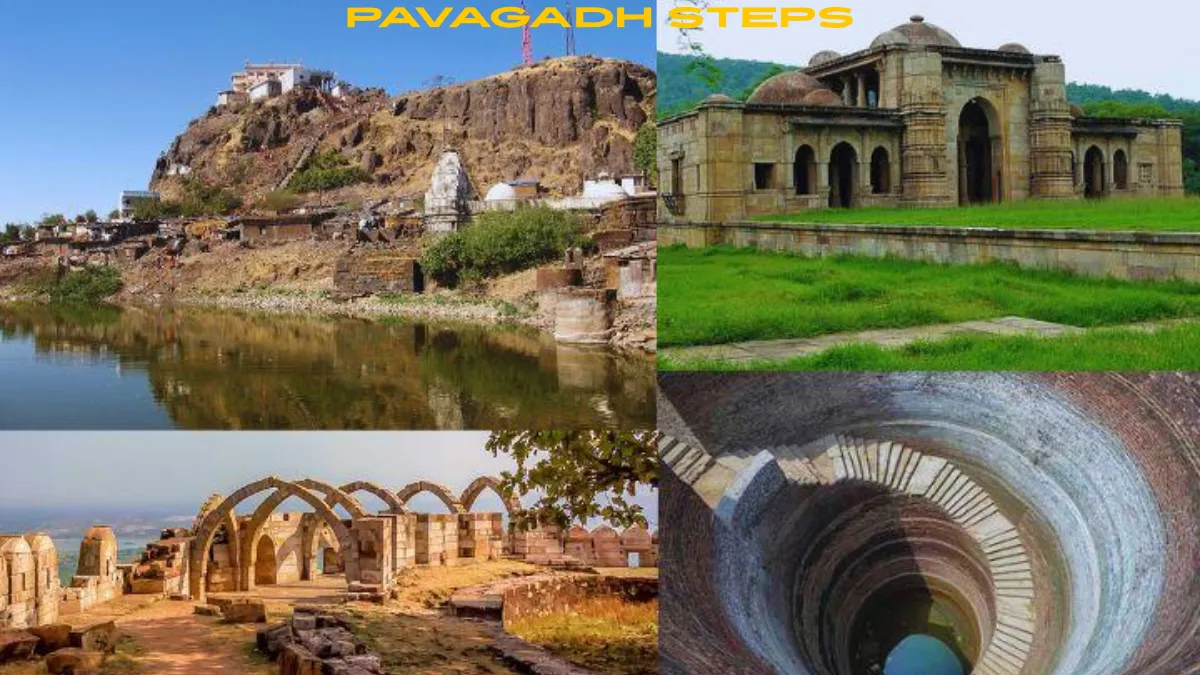Mangi Tungi is a revered pilgrimage site nestled in the Satana Taluka of Nashik district, Maharashtra. Renowned for its spiritual aura, ancient caves, and the world’s tallest Jain statue, this twin-peaked hill attracts thousands of devotees and trekking enthusiasts every year. Whether you’re a devout pilgrim or a curious traveler, Mangi Tungi offers a unique blend of religious significance, natural beauty, and historical heritage.
Key Information About Mangi Tungi
| Feature | Details |
|---|---|
| Location | Near Tahrabad, Satana Taluka, Nashik District, Maharashtra |
| Nearest City | Nashik (approx. 125 km) |
| Altitude | Around 4,343 feet above sea level |
| Peaks | Mangi (left) and Tungi (right) |
| Religion | Primarily Jainism, with traces of Hinduism |
| Famous For | World’s tallest Jain statue (Statue of Ahimsa), ancient rock-cut caves |
| Trekking Distance | Approx. 4,500 steps to reach the top |
| Best Time to Visit | October to February (cooler climate for trekking) |
| Entry Fee | Free (donation-based entry encouraged) |
| Ropeway | Not available (trekking only) |
Also read : Mangi Tungi in Monsoon: बारिश में क्यों बन जाता है एक अद्भुत तीर्थ और ट्रेकिंग डेस्टिनेशन
The Significance of Mangi Tungi in Jainism
Mangi Tungi holds a central place in Jain spiritual traditions. According to Jain texts, many great saints including Lord Ram, Lord Hanuman, and Lord Rishabhdev attained salvation (moksha) here. Most notably, the Statue of Ahimsa, dedicated to Bhagwan Rishabhdev, stands proudly at 108 feet, making it the world’s tallest Jain idol carved from a single rock. This massive statue was declared by the Guinness World Records as the tallest Jain idol in the world in 2016.
Trekking Experience and Journey to the Top
The journey to the top of Mangi Tungi is both physically challenging and spiritually uplifting. Visitors need to climb approximately 4,500 stone-cut steps to reach the peaks. Along the way, pilgrims encounter numerous small shrines and intricately carved Jain caves, some dating back to the 3rd century BCE.
The twin hills are:
- Mangi Peak (left): Houses several Jain caves, temples, and meditation spots.
- Tungi Peak (right): Known for spiritual silence and panoramic views.
The path is well-maintained, and although steep, many elders and children complete the climb with devotion and determination. There are shaded resting areas and drinking water facilities along the route.
Also read : Mangi Tungi Rishabh Dev Statue: A Marvel of Jain Architecture and Devotion
Mangi Tungi as a Tourist and Cultural Destination
While Mangi Tungi is mainly a religious site, it also serves as a destination for trekkers, history buffs, and those seeking tranquility in nature. The view from the top offers sweeping vistas of the surrounding Sahyadri hills and valleys. Cultural festivals such as Mahavir Jayanti and Kartiki Purnima are celebrated with grandeur here, drawing pilgrims from across India and abroad.
Local markets near the base sell herbal products, religious items, and local snacks. Simple accommodations and bhojanshalas (Jain food canteens) are available for pilgrims.
How to Reach Mangi Tungi
- By Road: Easily accessible from Nashik (125 km) or Malegaon (60 km) by private car or state buses.
- By Rail: The nearest major railway station is Nashik Road.
- By Air: The closest airport is in Nashik; Pune and Mumbai airports offer wider connectivity.
Local transport from nearby towns like Satana or Tahrabad is available via jeeps or shared autos.
Final Thoughts
Mangi Tungi is more than a destination; it’s a transformative experience. Whether you’re visiting to seek spiritual awakening, appreciate ancient architecture, or challenge yourself with a demanding trek, this majestic site leaves a lasting impression. Its blend of faith, history, and natural beauty makes it a must-visit for anyone exploring Maharashtra’s rich spiritual heritage.
Plan your visit to Mangi Tungi not just as a journey of the body, but of the soul.


